Indigenous Governance Database
self-sufficiency
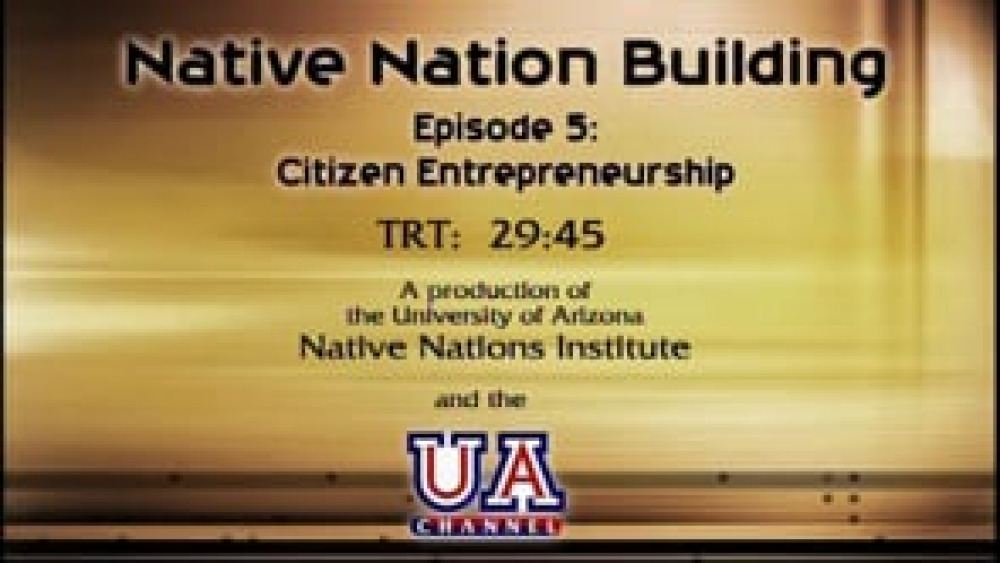
Native Nation Building TV: "Promoting Tribal Citizen Entrepreneurs"
Guests Joan Timeche and Elsie Meeks examine the pivotal role that citizen entrepreneurs can play in a Native nation's overarching effort to achieve sustainable community and economic development. It looks at the many different ways that Native nation governments actively and passively hinder…

Native Nation Building TV: "Introduction to Nation Building"
Guests Manley Begay and Stephen Cornell present the key research findings of the Native Nations Institute and the Harvard Project on American Indian Economic Development. They explain the five keys to successful community and economic development for Native nations (sovereignty or practical self-…
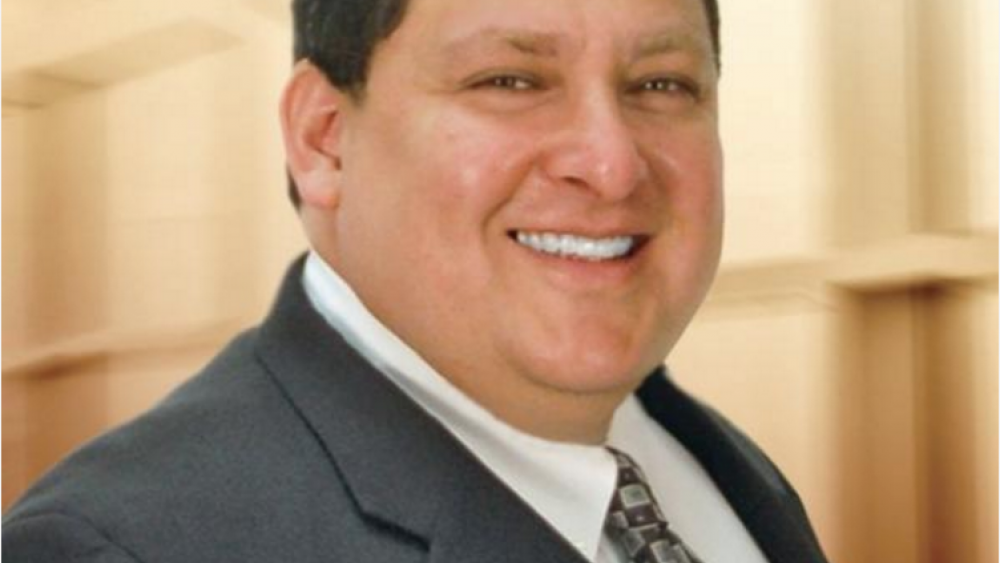
Ho-Chunk, Inc. CEO Receives Award from U.S. Department of Commerce Agency
Lance Morgan launched the Ho-Chunk, Inc. in 1994 as the economic development corporation of the Winnebago Tribe of Nebraska. Now the president and CEO is receiving the Advocate of the Year Award by the U.S. Department of Commerce’s Minority Business Development Agency (MBDA) at the end of this…
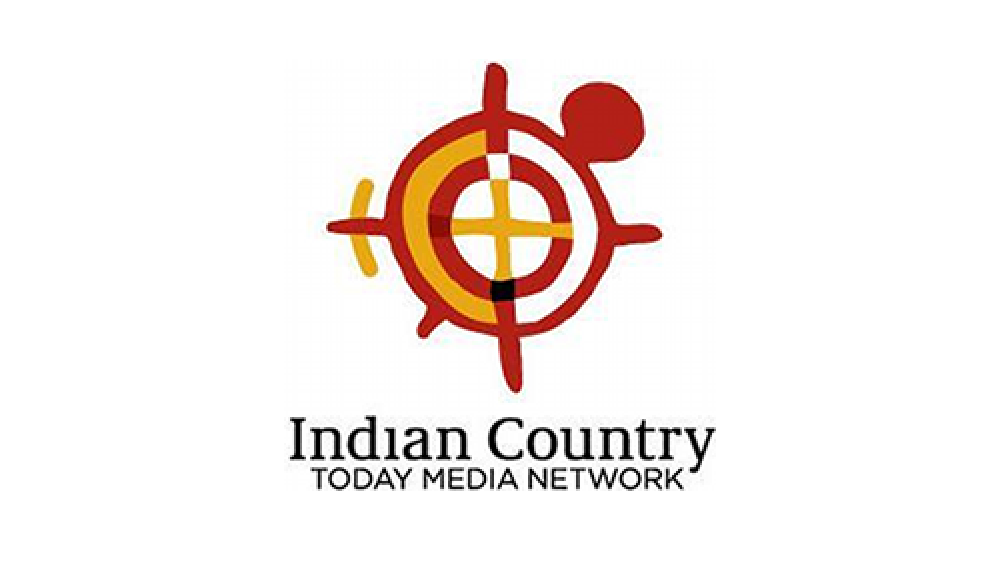
Tribal Per Capitas and Self-Termination
For many Indian families, tribal per capita payments help meet their most basic needs. They buy food, pay heating bills, make car payments, and open savings accounts. As a Dry Creek Rancheria Band of Pomo Indians leader explains, per capita monies have given historically impoverished Indian…

The Sustained Self-Sufficiency of the Five Civilized Tribes
Between 1820 and 1870, five Indian nations in the southeast adopted constitutions, engaged in for-profit cotton export, created tribal school systems, established courts, police, and remained economically and politically independent and self-sufficient. The five nations -- Cherokee, Choctaw, Creek…
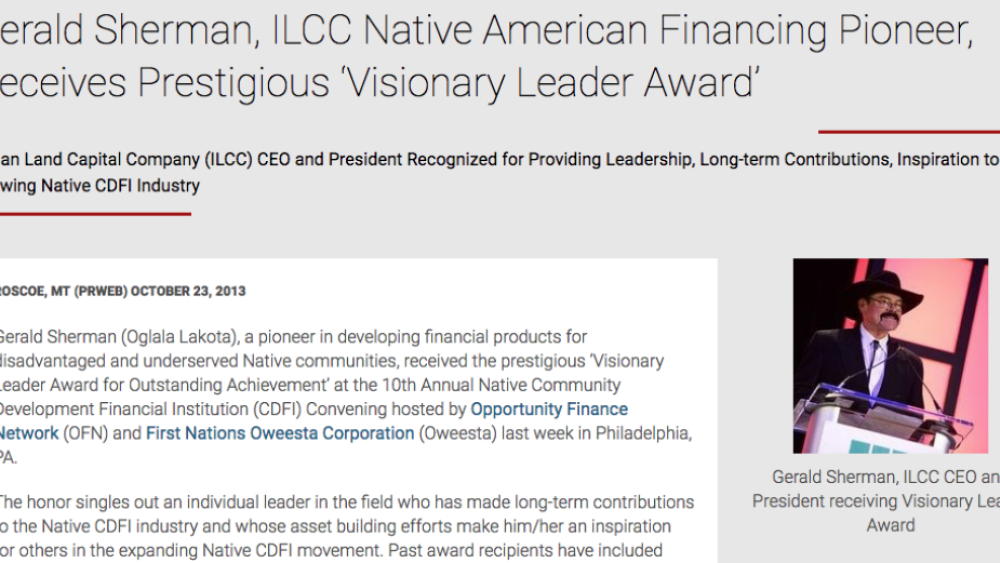
Gerald Sherman, ILCC Native American Financing Pioneer, Receives Prestigious 'Visionary Leader Award'
Gerald Sherman (Oglala Lakota), a pioneer in developing financial products for disadvantaged and underserved Native communities, received the prestigious ‘Visionary Leader Award for Outstanding Achievement’ at the 10th Annual Native Community Development Financial Institution (CDFI) Convening…
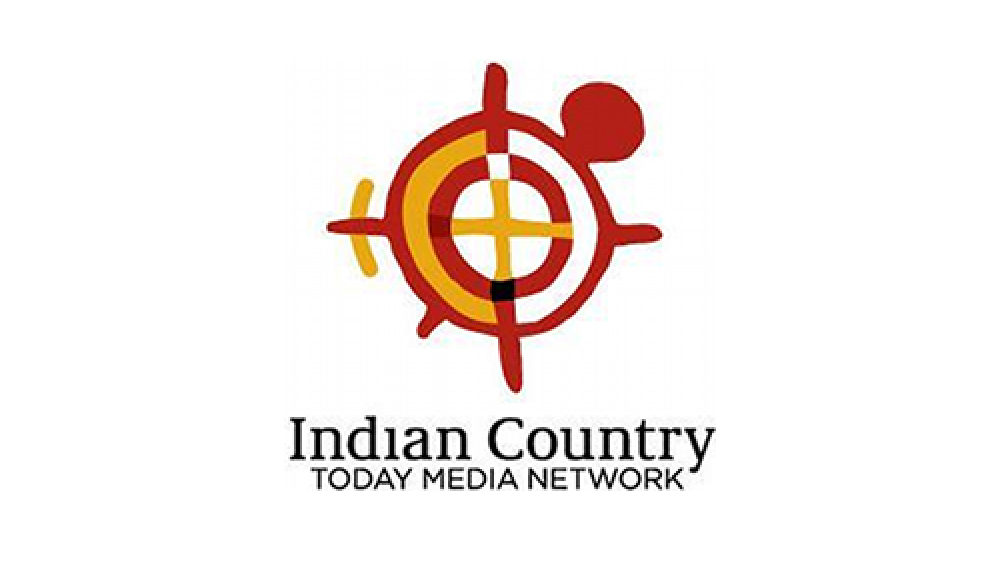
Tribal Strength Through Economic Diversification
The potential impacts of Internet gaming legalization was a major topic at last month’s National Indian Gaming Association (NIGA) convention. Another critical topic, not surprisingly, was economic diversification and Tribes’ ability to pursue and manage the process of planning for change.…
Native Nation Rebuilders Speak
Participants in the Bush Foundation's Native Nation Rebuilders Program offer their personal perspectives on nation building and share their experiences in the program.
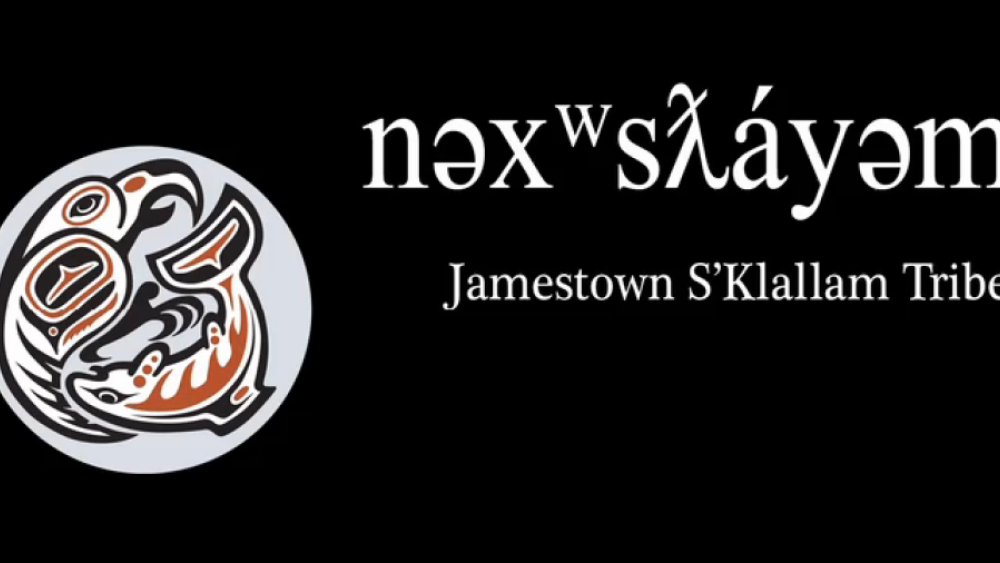
The Jamestown S'Klallam Tribe
For ten thousand years, a Nation of people lived and prospered on the lands now known as the Olympic Peninsula in the State of Washington. These strong people of the S'Klallam Tribes had a system of governance, engaged in commerce, managed natural and human resources, and exercised power over their…
Peterson Zah: Finally We Are Growing Our Own
Recorded on March 25, 2010, in this lecture Dr. Peterson Zah discusses the history of Native American education, Navajo education, and his involvement recruiting Native American students to attend college. He also stresses the importance of higher education to the success of Native nations' efforts…
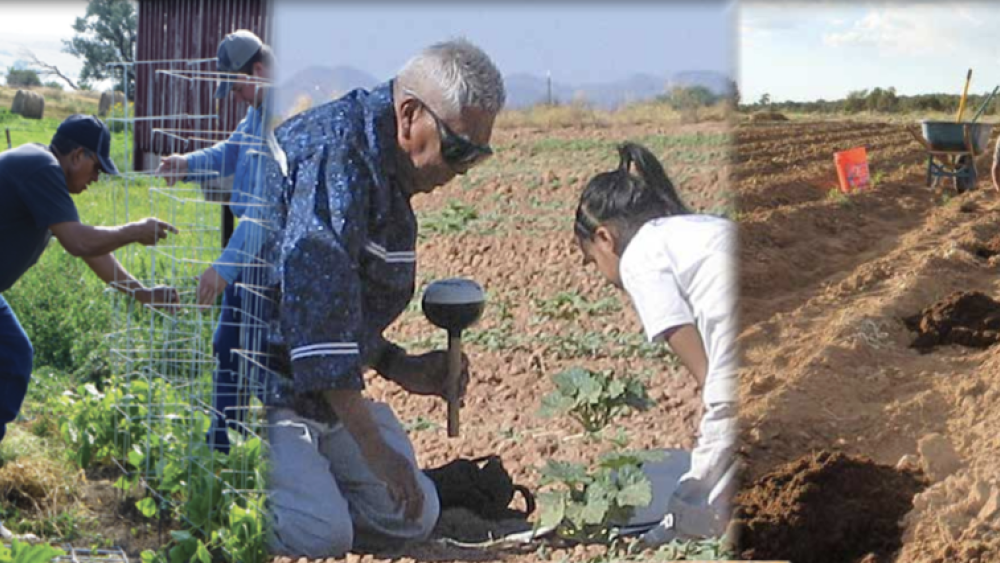
Good Food is Power: A collection of traditional foods stories from the Ramah Navajo Community, Standing Rock Sioux Tribe and Tohono O'odham Nation
This report explores the traditional foods movement through the lenses of three traditional foods programs: the Ramah Navajo Community, Standing Rock Sioux Tribe, and Tohono O’odham Nation. These stories were originally gathered by the University of Oklahoma’s American Indian Institute (Wesner,…
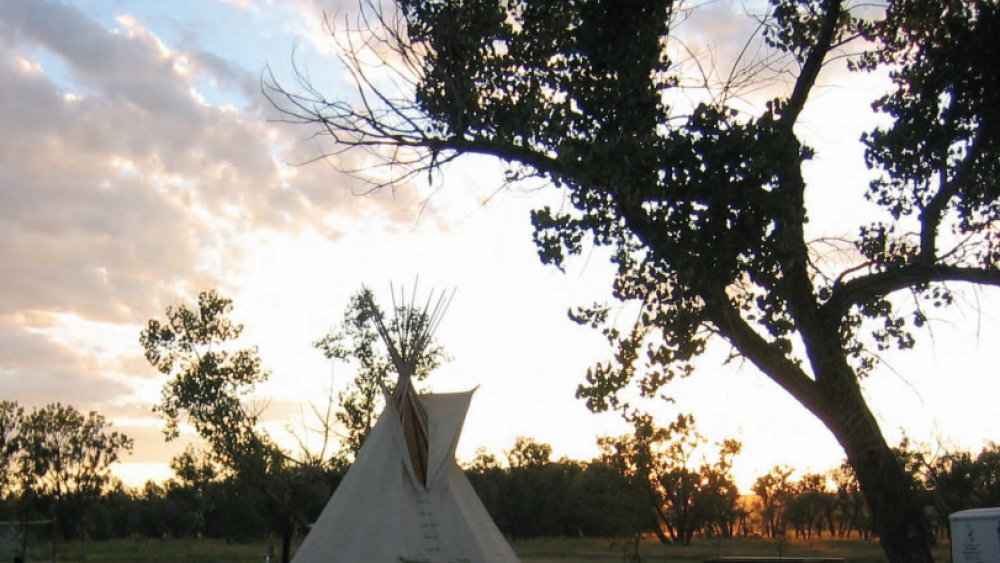
Native Entrepreneurship in South Dakota: A Deeper Look
Native Entrepreneurship in South Dakota: a Deeper Look is designed to raise the profile of Native entrepreneurship in South Dakota and offer lessons for policymakers, foundations, tribes, and non-profits in developing effective policies and strategies. The research identified the following key…
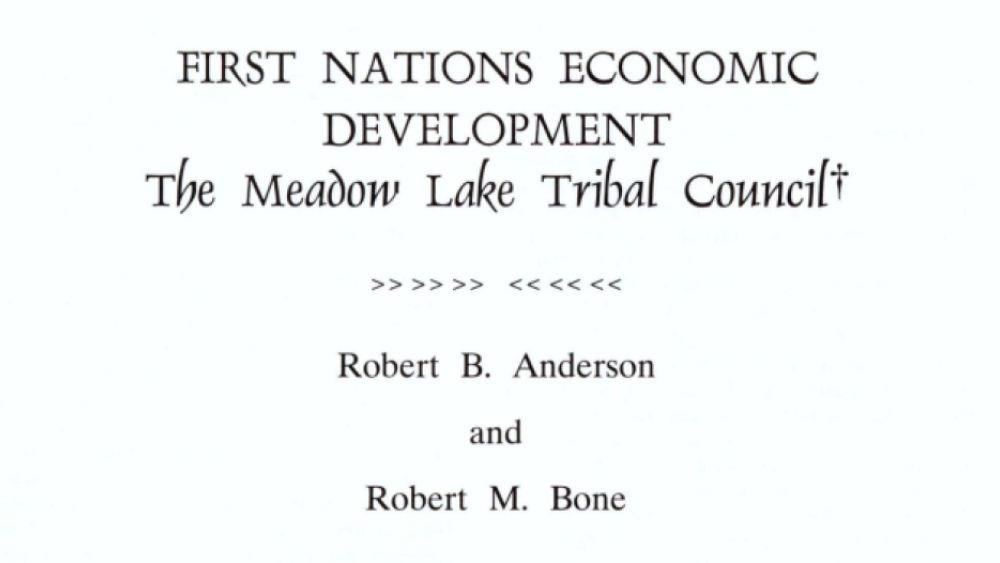
First Nations Economic Development: The Meadow Lake Tribal Council
A new approach to economic development is emerging among the First Nations in Canada. This approach emphasizes the creation of profitable businesses competing in the global economy. These businesses are expected to help First Nations achieve their broader objectives that include: (i) greater…
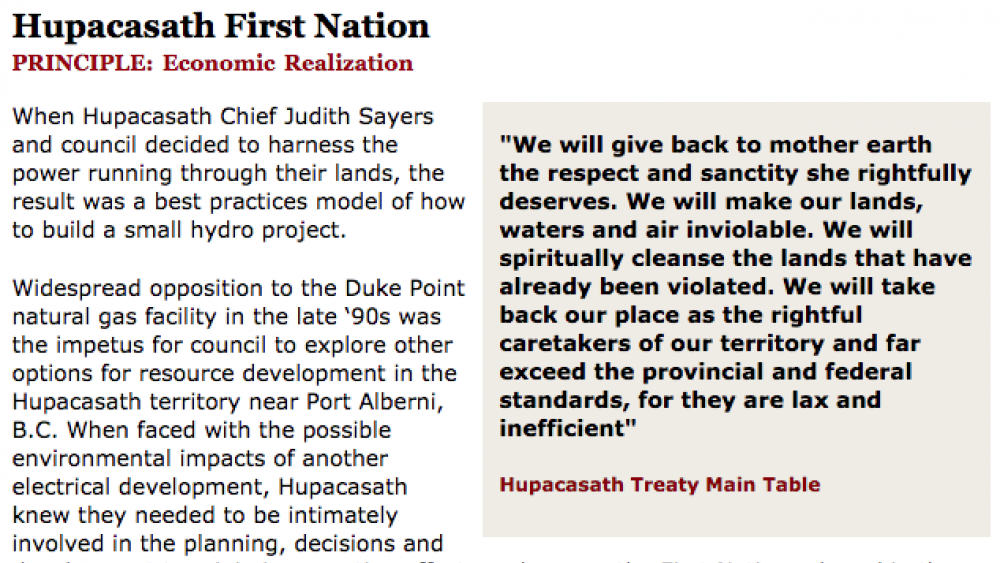
Best Practices Case Study (Economic Realization): Hupacasath First Nation
When Hupacasath Chief Judith Sayers and the council decided to harness the power running through their lands, the result was a best practices model of how to build a small hydro project. Widespread opposition to the Duke Point natural gas facility in the late '90s was the impetus for the council to…
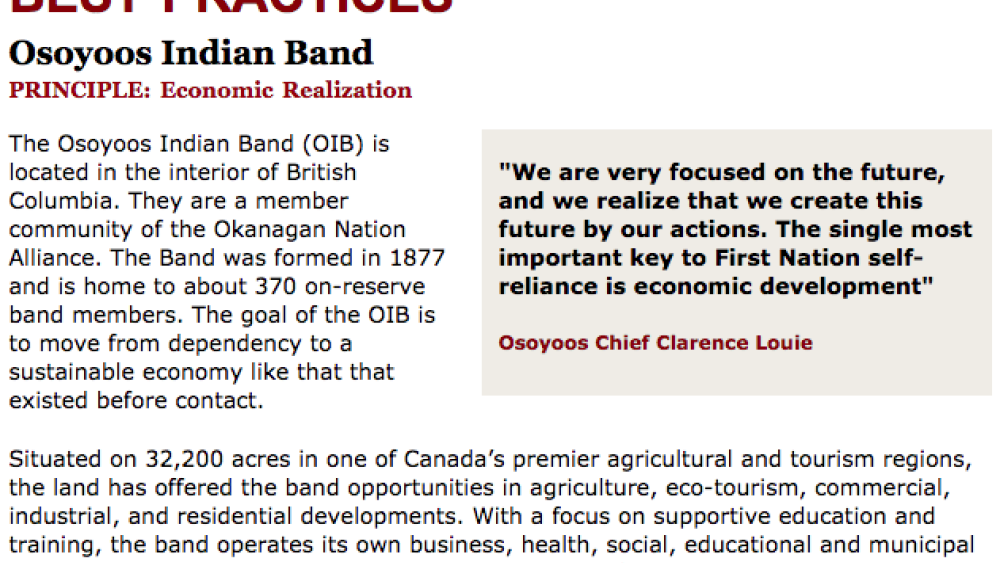
Best Practices Case Study (Economic Realization): Osoyoos Indian Band
The Osoyoos Indian Band (OIB) is located in the interior of British Columbia. They are a member community of the Okanagan Nation Alliance. The Band was formed in 1877 and is home to about 370 on-reserve band members. The goal of the OIB is to move from dependency to a sustainable economy like that…
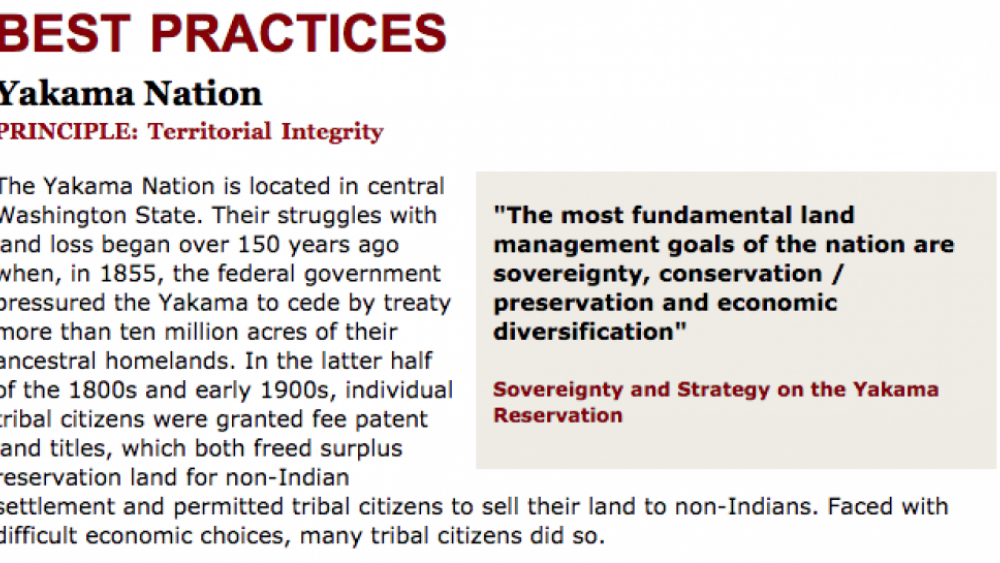
Best Practices Case Study (Territorial Integrity): Yakama Nation
The Yakama Nation is located in central Washington State. Their struggles with land loss began over 150 years ago when, in 1855, the federal government pressured the Yakama to cede by treaty more than ten million acres of their ancestral homelands. In the latter half of the 1800s and early 1900s,…
